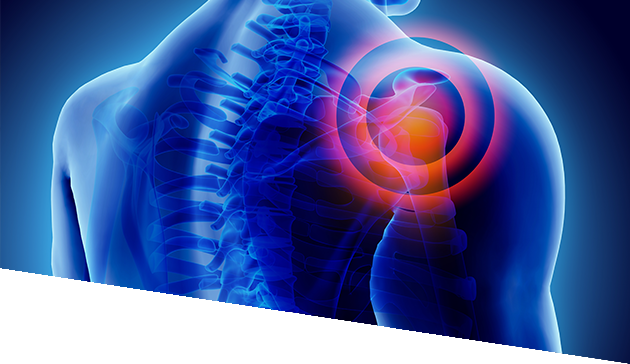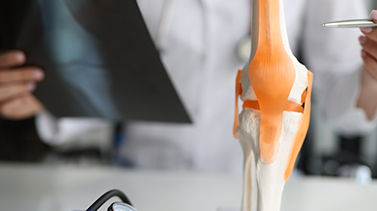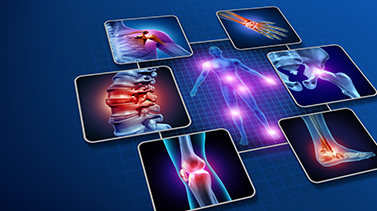Pain prevention, management
and rehabilitation
We are conducting new and creative research in the field of health, while taking a comprehensive approach that considers the physical, social, psychological, and cultural aspects of health. The main focus of our research is on benefiting patients and addressing their specific needs.




